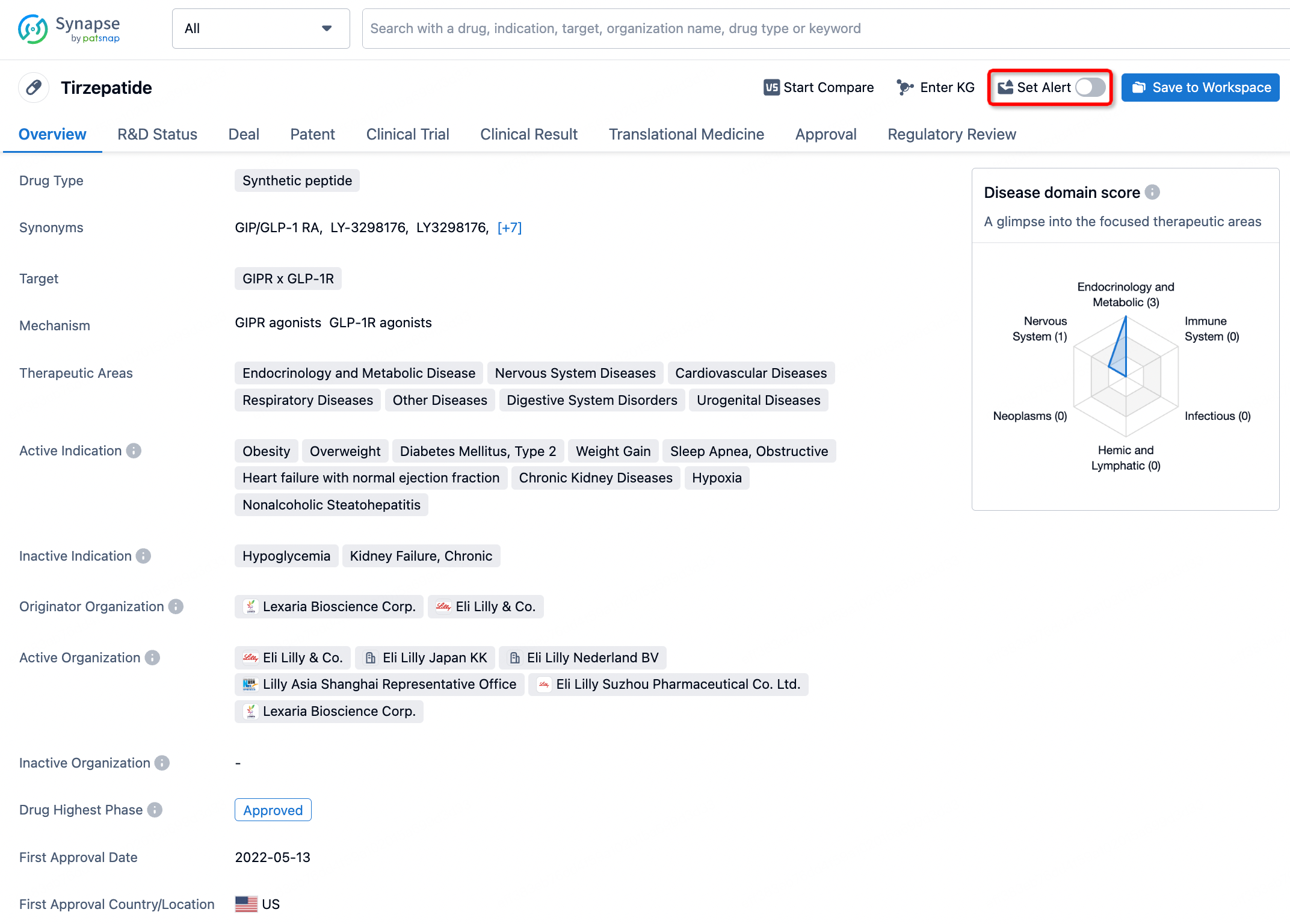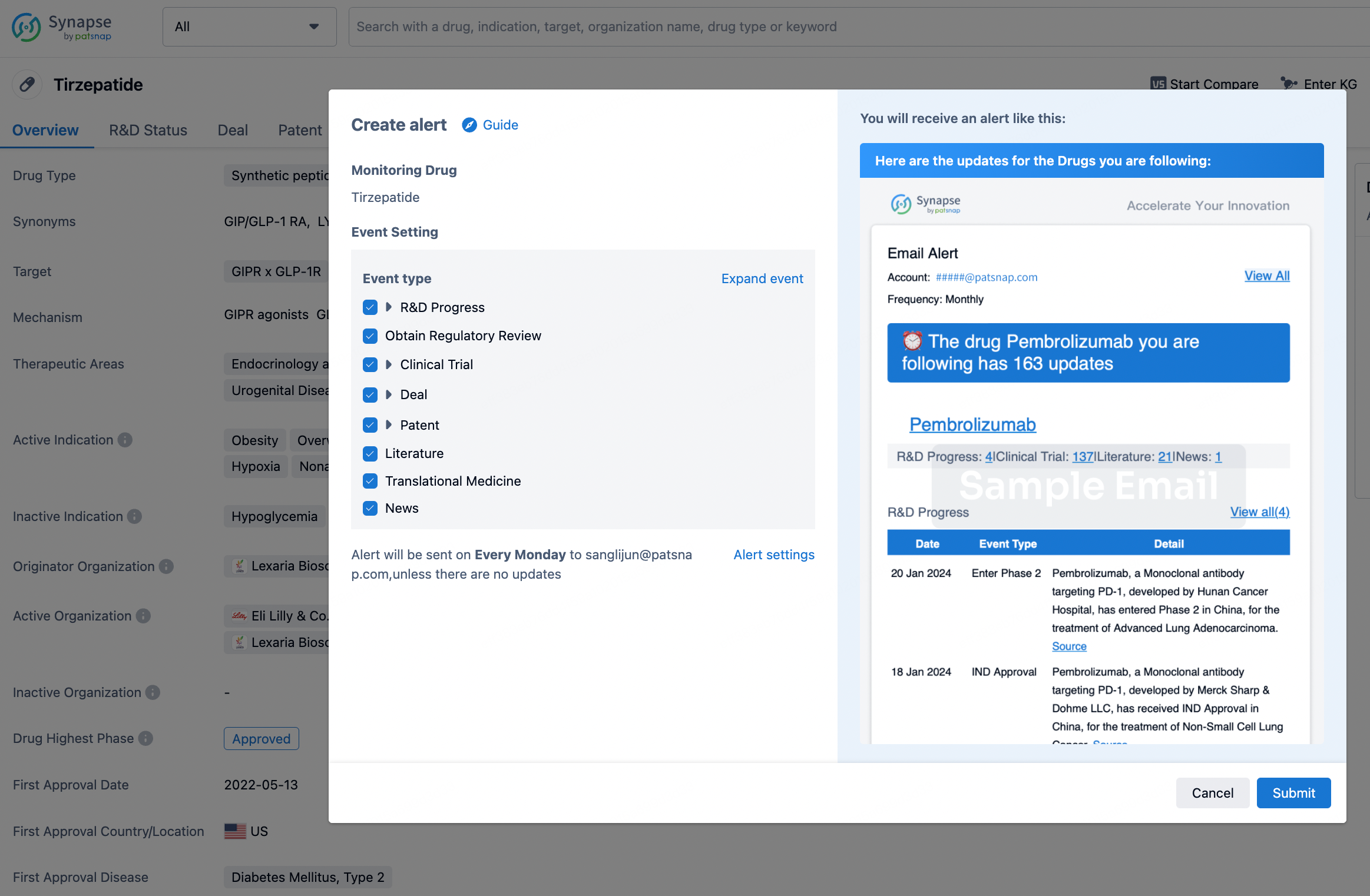Request Demo
What are the side effects of Valsartan?
12 July 2024
Valsartan is a medication commonly prescribed to manage high blood pressure and heart failure. It belongs to a class of drugs known as angiotensin II receptor blockers (ARBs), which work by relaxing blood vessels to improve blood flow. While Valsartan is effective for many patients, it is not without potential side effects. Understanding these side effects can help individuals make more informed decisions about their treatment and recognize when to seek medical advice.
One of the more common side effects of Valsartan is dizziness or lightheadedness. This typically occurs when the body is adjusting to the medication, especially after the initial dose or when the dosage is increased. To minimize the risk of dizziness, it is advisable to get up slowly from a sitting or lying position.
Another frequent side effect is fatigue. Some patients feel unusually tired or weak when starting Valsartan. This can be bothersome but often subsides as the body adapts to the medication. It's important to discuss persistent fatigue with a healthcare provider, as it may require a dosage adjustment or switching to a different medication.
Valsartan can also lead to gastrointestinal issues such as nausea, diarrhea, or abdominal pain. These symptoms are generally mild and temporary. Taking the medication with food can help mitigate these side effects. However, if gastrointestinal discomfort persists, it is essential to consult a healthcare provider.
Elevated potassium levels, known as hyperkalemia, is another potential side effect of Valsartan. High potassium can lead to serious health issues such as irregular heartbeats. Symptoms of hyperkalemia include muscle weakness, fatigue, and palpitations. Regular blood tests are often recommended to monitor potassium levels while taking Valsartan.
In rare cases, Valsartan can cause kidney problems. Symptoms of kidney issues include changes in urination patterns, swelling in the legs or ankles, and unexplained weight gain. If any of these symptoms occur, it is crucial to seek medical attention promptly.
Allergic reactions to Valsartan are uncommon but can be severe. Signs of an allergic reaction include rash, itching, swelling (especially of the face, tongue, or throat), severe dizziness, and difficulty breathing. Immediate medical attention is necessary if an allergic reaction is suspected.
Certain individuals may experience more severe side effects, such as hypotension (abnormally low blood pressure). Symptoms of hypotension include severe dizziness, fainting, and blurred vision. If these symptoms occur, it is vital to contact a healthcare provider immediately.
Lastly, while rare, some patients might experience mood changes such as depression or anxiety. Any significant changes in mood should be discussed with a healthcare professional.
Overall, while Valsartan is generally well-tolerated, it is essential to be aware of its potential side effects. Regular consultations with a healthcare provider can help manage any adverse effects and ensure the medication is working effectively. Always report any new or worsening symptoms to your healthcare provider to ensure timely and appropriate management.
One of the more common side effects of Valsartan is dizziness or lightheadedness. This typically occurs when the body is adjusting to the medication, especially after the initial dose or when the dosage is increased. To minimize the risk of dizziness, it is advisable to get up slowly from a sitting or lying position.
Another frequent side effect is fatigue. Some patients feel unusually tired or weak when starting Valsartan. This can be bothersome but often subsides as the body adapts to the medication. It's important to discuss persistent fatigue with a healthcare provider, as it may require a dosage adjustment or switching to a different medication.
Valsartan can also lead to gastrointestinal issues such as nausea, diarrhea, or abdominal pain. These symptoms are generally mild and temporary. Taking the medication with food can help mitigate these side effects. However, if gastrointestinal discomfort persists, it is essential to consult a healthcare provider.
Elevated potassium levels, known as hyperkalemia, is another potential side effect of Valsartan. High potassium can lead to serious health issues such as irregular heartbeats. Symptoms of hyperkalemia include muscle weakness, fatigue, and palpitations. Regular blood tests are often recommended to monitor potassium levels while taking Valsartan.
In rare cases, Valsartan can cause kidney problems. Symptoms of kidney issues include changes in urination patterns, swelling in the legs or ankles, and unexplained weight gain. If any of these symptoms occur, it is crucial to seek medical attention promptly.
Allergic reactions to Valsartan are uncommon but can be severe. Signs of an allergic reaction include rash, itching, swelling (especially of the face, tongue, or throat), severe dizziness, and difficulty breathing. Immediate medical attention is necessary if an allergic reaction is suspected.
Certain individuals may experience more severe side effects, such as hypotension (abnormally low blood pressure). Symptoms of hypotension include severe dizziness, fainting, and blurred vision. If these symptoms occur, it is vital to contact a healthcare provider immediately.
Lastly, while rare, some patients might experience mood changes such as depression or anxiety. Any significant changes in mood should be discussed with a healthcare professional.
Overall, while Valsartan is generally well-tolerated, it is essential to be aware of its potential side effects. Regular consultations with a healthcare provider can help manage any adverse effects and ensure the medication is working effectively. Always report any new or worsening symptoms to your healthcare provider to ensure timely and appropriate management.
How to obtain the latest development progress of all drugs?
In the Synapse database, you can stay updated on the latest research and development advances of all drugs. This service is accessible anytime and anywhere, with updates available daily or weekly. Use the "Set Alert" function to stay informed. Click on the image below to embark on a brand new journey of drug discovery!
AI Agents Built for Biopharma Breakthroughs
Accelerate discovery. Empower decisions. Transform outcomes.
Get started for free today!
Accelerate Strategic R&D decision making with Synapse, PatSnap’s AI-powered Connected Innovation Intelligence Platform Built for Life Sciences Professionals.
Start your data trial now!
Synapse data is also accessible to external entities via APIs or data packages. Empower better decisions with the latest in pharmaceutical intelligence.


